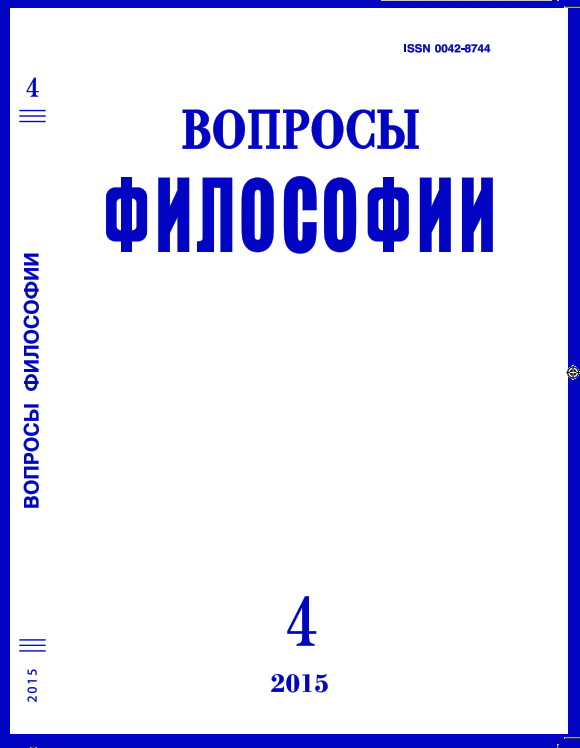Программный реализм в физике и основания математики
Часть 1: Классическая наука
Keywords:
unreasonable effectiveness of mathematics, realistic theory, saving phenomena, real and ideal semantics.Abstract
Why mathematics can adequately describe the physical reality? How one can rationally
explain the “unreasonable effectiveness” of mathematics in physics and other natural sciences?
In the fi rst part of this work we propose an answer to this question within the context of
Classical physics and mathematics. Following Hilbert we distinguish between the real and
the ideal semantics of syntactic operations in mathematics and show how the excessiveness
of mathematical syntax allows one to complement the real semantics with the ideal one. Then
on the basis of our analysis of Kepler’s astronomy we introduce the notion of realistic physical
theory and show that the “unreasonable effectiveness of mathematics” in such theories amounts
to the possibility (not granted a priori but often realized in experiments) to replace a part of the
standard ideal semantics of mathematical syntax with an appropriate real semantics.

